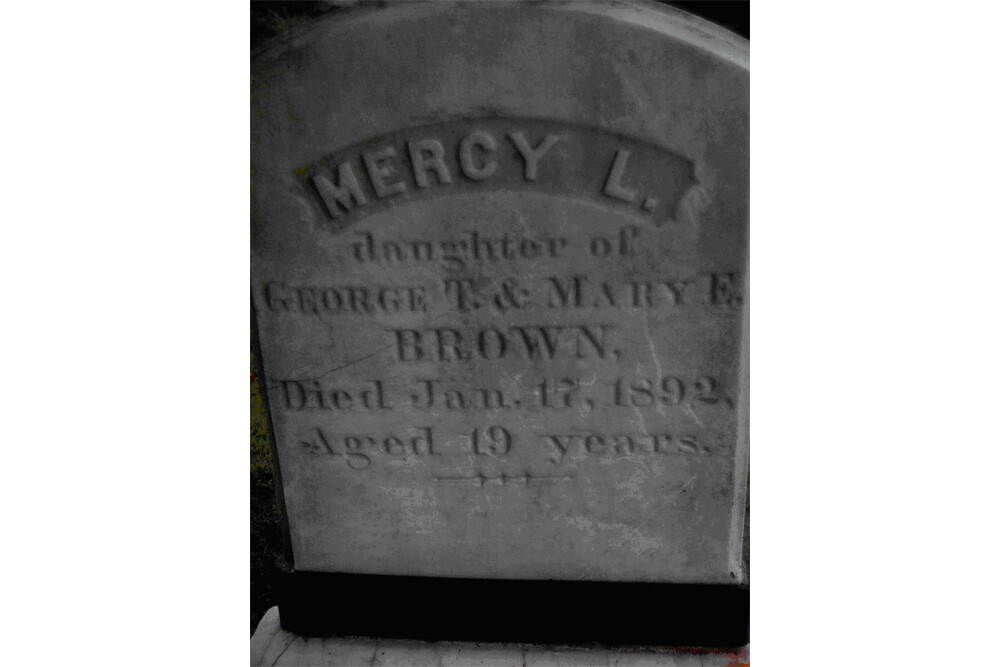Sick Americans Were Mistaken For Vampires, And Things Got Ugly

In the 19th century, Americans were dying of an mysterious illness. Of many mysterious illnesses, actually—before the discovery of germs, diseases were just collections of symptoms, and with their causes and mechanisms unknown. The big bad one in the 19th century messed with people's lungs. Patients coughed up blood and wasted away.
Today, we call this disease tuberculosis. At the time, they called it consumption, and while that simply sounds like two names for the same thing, "consumption" really summed up how people perceived it rather than what it was. It seemed to consume people, sucking away their energy. it sucked the energy of their family members too. It would even suck the energy out of family members after the first sufferer had died, and that's where superstition crept in.
In New England, people started believing that patients with tuberculosis were vampires. Different from the traditional blood-sucking vampires, but similar in that they died and then absorbed life force from the living. New Englanders devised a test to see if someone who'd died of consumption had become a vampire. They'd cut the body open after some time, and if liquid blood remained (unlike with most corpses), this revealed the terrifying truth about their dearly departed.
Don't Miss
As a remedy, you couldn't simply stake the body, because this vampire would absorb your energy across long distances even without getting up. Cremation was a surer route. Actually, cremation's just a very hygienic way of disposing of bodies in general. Another safeguard involved cutting out the body's organs and burying them separately.
In 1892, one Rhode Island dad took things further. His wife and two daughters all died from consumption, and his son caught it next, so we understand his desperation. He ordered the vampire test on his dead family members, and daughter Mercy's heart turned out to contain liquid blood. Evidently, she was the vampire.
So George extracted her heart and liver and burned them. And then he made those ashes into a health tonic and fed the mixture to his sick son, Edwin. Edwin died soon after. We can't say that the corpse ashes killed him, but they surely didn't help.

The New England Vampire Panic faded when the 19th century ended, and even at the time, many people knew it wasn't rational. But when talking about diseases being mistaken for vampirism, we need to touch on one other thing: porphyria.
Porphyria, many internet sources will tell you, is a disease whose symptoms uncannily match vampirism. It gives you fangs, pale skin, oversensitivity to light, and even an aversion to garlic, and sufferers would seek relief by drinking blood. For this reason, say these sources, porphyria was likely the origin of the vampire myth.
Well, that's just a story people keep passing around. Porphyria doesn't really have most of those symptoms, and sufferers also didn't drink blood (drink blood, and you won't absorb it, you'll just digest it to its components—you can get everything you could get from drinking blood simply by eating meat). If you want to know where the vampire myth really came from, we'll have some more info on that later in the week.
Top image: Cristóbal Rojas